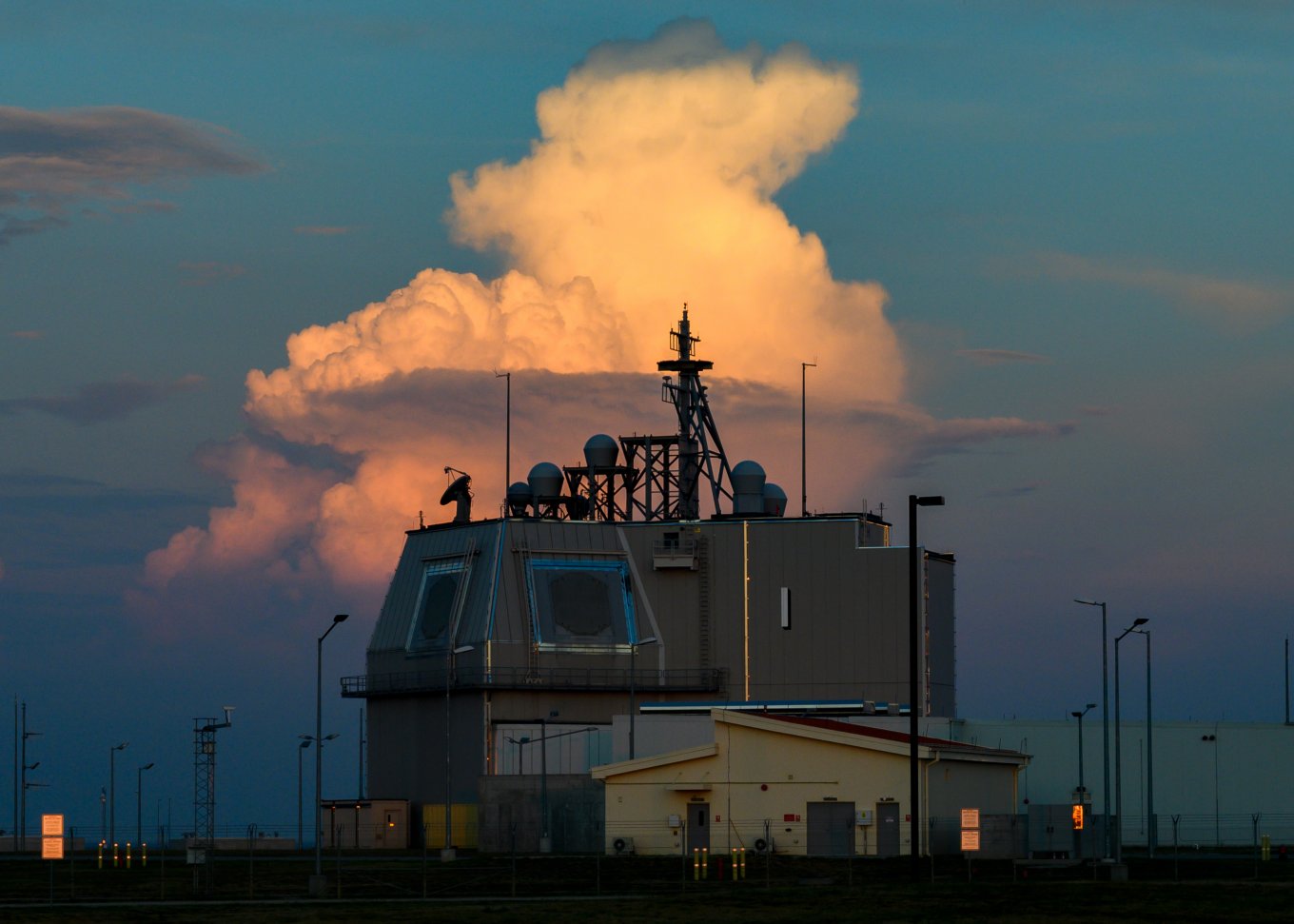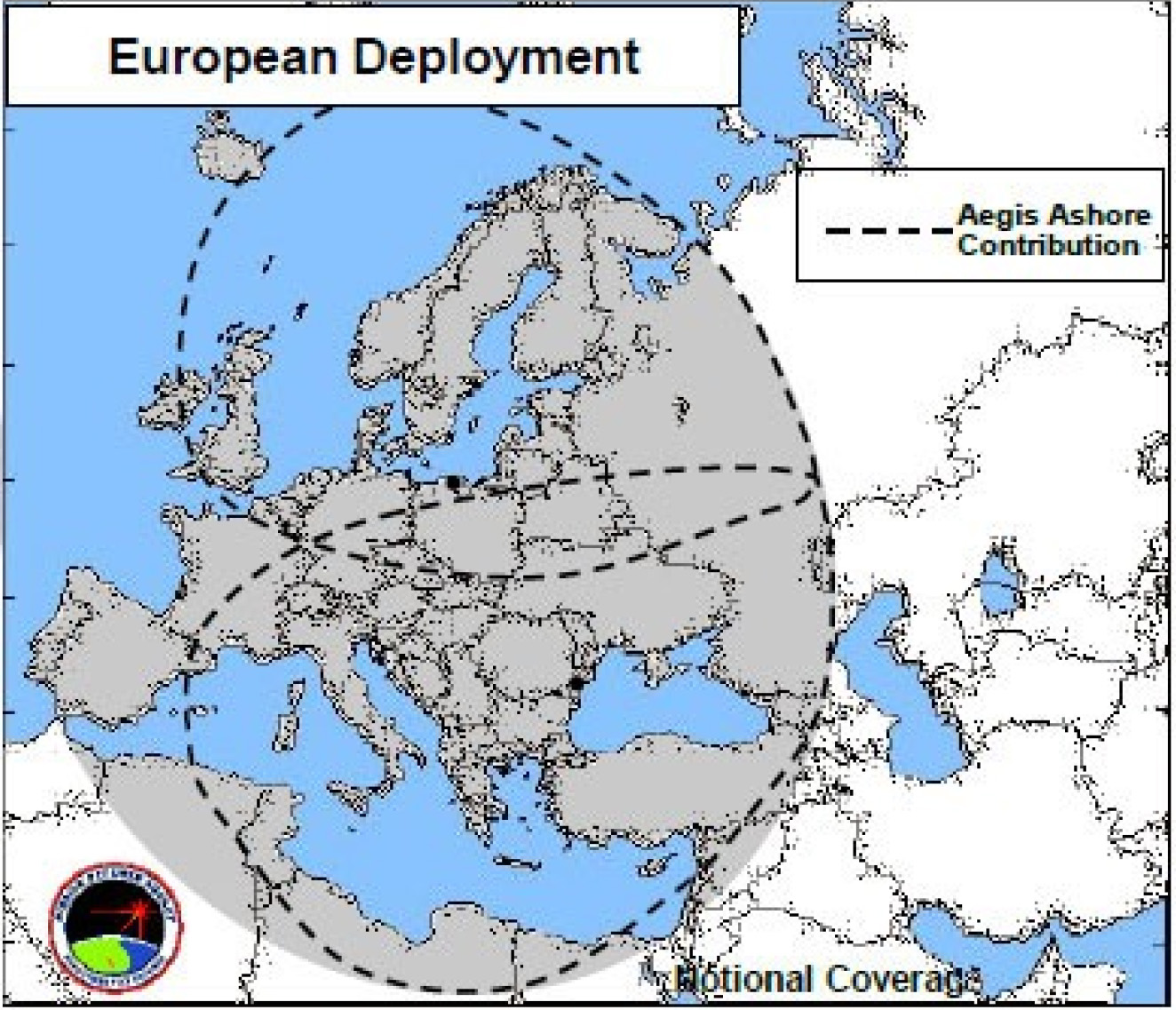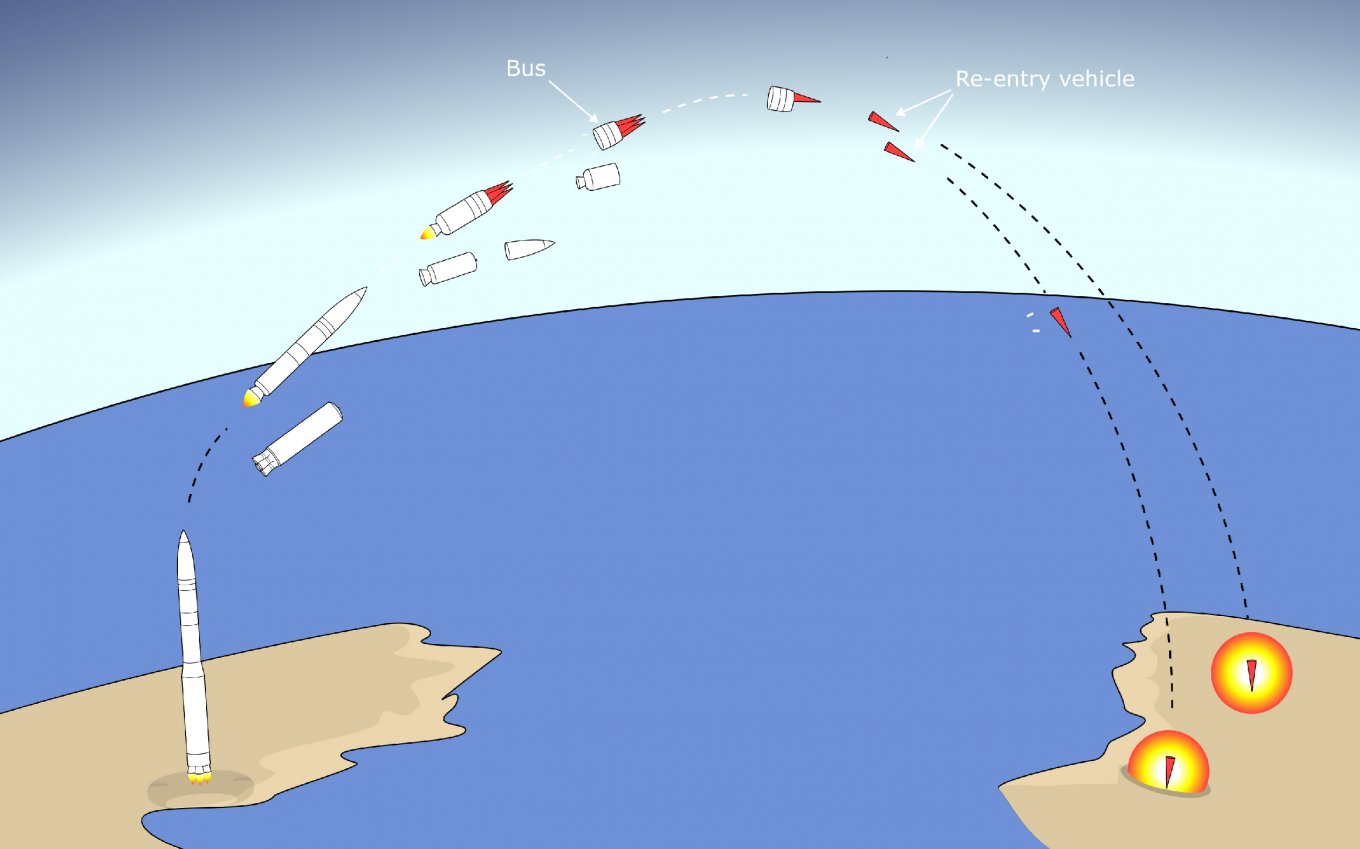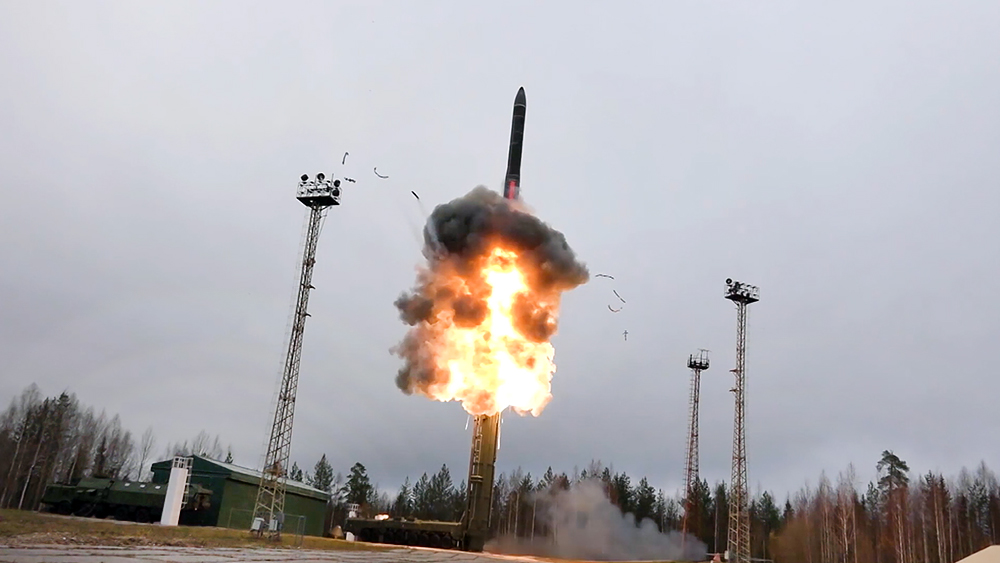
The effectiveness of the American missile defense system in Europe: can it intercept a nuclear missile fired by Russia at Ukraine?
Since 2022, the two main elements of the US missile defense system in Europe, Aegis Ashore, have been fully operational in Europe, deployed in Poland and Romania
Against the backdrop of the Kremlin’s constant threats of using nuclear weapons to strike Ukraine, it is worth mentioning that the United States has deployed a top-level missile defense system in Europe since 2015.
These are two facilities called Aegis Ashore, one in Romania in Deveselu and the other in Poland in Redzikovo, both of which were supposed to receive the latest version of the Standard Missile-3 (SM-3) in 2020. And they are actually ground-based systems that replicate this part of the Arleigh Burke-class Aegis missile destroyers.

The latter are also on combat duty in the Mediterranean and Atlantic. But because of their remoteness, they can be bracketed.

Therefore, the question of whether this US missile defense system in Europe will be able to intercept intercontinental ballistic nuclear missiles aimed at Ukraine may be focused on the capabilities of these two Aegis Ashore. And although the “Polish” complex is 500 km from the border with Ukraine and 1000 km from Kyiv, and the “Romanian” complex is 380 km and 850 km away, respectively, the answer is that it fits their known characteristics.
In 2015, it was revealed in a presentation by Patrick O’Reilly, head of the Missile Defense Agency of the US Department of Defense, at the AUSA conference (unfortunately, it is available in rather poor quality, but sufficient).

According to this, the nominal coverage of both Aegis Ashore does not only cover Ukraine, but goes far beyond the borders of Russia. At the same time, it even exceeds the officially announced range of the SM-3 of 1200 km. Although it seems that this may be the end of the discussion, it is not.
It is important to note that we are talking about intercepting intercontinental ballistic missiles that, during their flight, ascend into space to altitudes of more than 1,000 km, which is several times higher than the ISS orbit. We are talking about missiles such as Topol, its modernization Yars, R-36M2 Voyevoda or Sarmat modernization, and others.
And in this situation, any launch of even one such missile will be detected almost immediately, because it is a critical element of nuclear deterrence with over-the-horizon radar and a network of satellites. Second, they will try to shoot down such a missile as quickly as possible. Because the longer intercontinental ballistic missiles fly, the harder it becomes to shoot them down, because after the third stage is completed, the process of separation of warheads and the release of false targets begins.

That is why Aegis Ashore does not actually cover Ukraine, but covers part of the positioning areas of the Russian intercontinental ballistic missile divisions of the 7th, 14th, 28th and 54th missile divisions armed with Yars. That is, they will try to shoot down any intercontinental missile launched from Russia as quickly as possible.

And this is likely to lead to maximum automation of Aegis Ashore’s operation with minimal human involvement, whose reaction is insufficient when it comes to missile defense.
At the same time, in addition to intercontinental ballistic missiles, Russia has tactical nuclear weapons deployed on the Iskander missile system. The SM-3 will be helpless to intercept them at this range. However, the task of intercepting these missiles in the United States and many NATO countries is assigned to Patriot PAC3.

